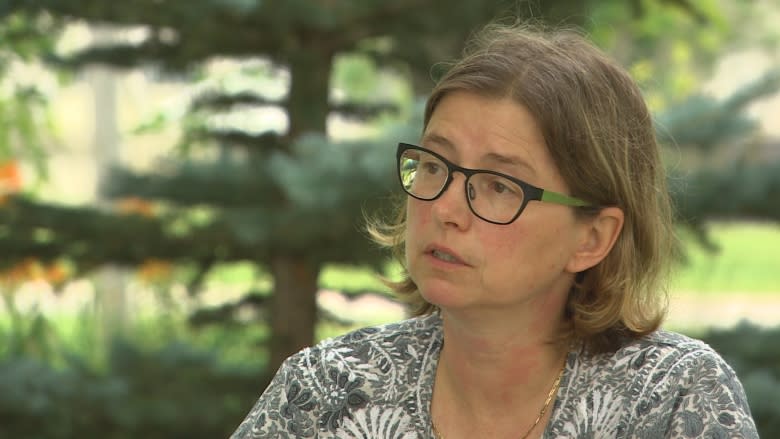5 things to know about malathion
For decades, the City of Winnipeg has fogged with the insecticide malathion to kill nuisance mosquitoes. Now CBC has learned, Health Canada has warned the city to stop using its supply of malathion because it's too old.
On Friday, the federal department said Manitoba can use the stock pile in the event of a public health emergency such as a West Nile virus outbreak.
1. Is malathion toxic to humans?
Malathion is toxic but in low levels it's expected to be safe, said Dr. John McLaughlin, chief science officer, Ontario Public Health.
"The low levels of exposure that would arise in a community when it is used as approved would not be expected to result in human health problems," he said.
Malathion has strong "biological effects" but its use is closely regulated, McLaughlin said.
Overexposure to the insecticide may produce a variety of symptoms in animals and humans including: nausea, dizziness, sweating, salivation, runny nose and watery eyes, according to Health Canada.
2. Does malathion cause cancer?
There's a very low probability that malathion does cause cancer, according to the World Health Organization (WHO), but only among people who are exposed on a regular basis.
The cancer agency of the WHO classified malathion in 2015 as "probably carcinogenic to humans."
"The probability that cancer could occur is extremely low, as the only situations where an association has been reported were occupational settings where exposures would likely be greater, and it was primarily related to a rare form of cancer," said McLaughlin, a co-author of the WHO review.
3. Why does Winnipeg fog for mosquitoes?
The City of Winnipeg fogs for mosquitoes to combat nuisance mosquitoes and those carrying West Nile virus.
Should West Nile Virus become an issue in the province, Manitoba can declare an "imminent health emergency" and order municipalities to conduct mosquito fogging.
Between 2003 and 2007, health orders were issued for 21 communities in southern Manitoba.After 2007, only one order was issued and it was at Portage la Prairie in 2012, according to government records.
4. What impact does malathion have on the environment?
One Manitoba professor says more research could be done to answer the question.
A 2015 study found malathion makes its way into rain that falls after the city conducts mosquito fogging, said the report's co-author, University of Manitoba professor Annemieke Farenhorst.
"We do find malathion in rain in Winnipeg and we know for sure that is coming from city applications as opposed to agriculture," she said.
The use of malathion in cities "should be further evaluated in terms of its impact on the urban ecosystem," the 2015 report concluded.
Other than killing mosquitoes, malathion is highly toxic to other insects including honeybees, as well as fish and aquatic insects.
Malathion has a half-life of less than one day in soil, which means it takes less than a day for half of a dose to disappear. In the air, its half-life is 1.5 days, on plants about 5.5 days, and in water half a day to 19 days.
5. How does malathion kill mosquitoes?
Malathion is in the organophosphate group of insecticides and has been registered for use in Canada since the 1950s.
It kills insects by preventing their nervous systems from working properly.
"It disrupts nervous system function by inhibiting the acetylcholinesterase enzyme," Health Canada said.
The City of Winnipeg said it is working collaboratively with Bayer Crop Science to get Deltagard (deltamethrin), a reduced-risk product, registered and approved for use in Canada to use in place of malathion..




